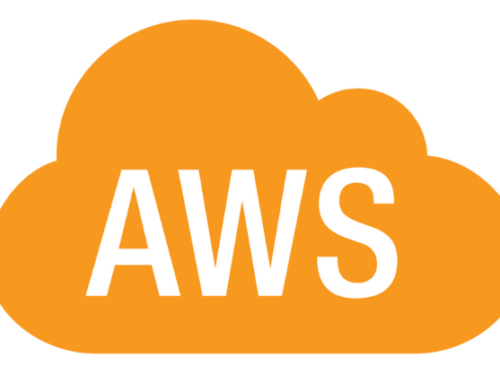With public cloud comes increased flexibility, enhanced storage, and much more – but it also comes with a shared responsibility model. Organizations storing sensitive data in public cloud, like Azure, have a duty to manage its security. Because of this, some businesses are reluctant to rely on public cloud. However, your Azure cloud environment has native tools that can optimize and lock down your Azure cloud security.
Your data can be just as secure in Azure cloud as it is sitting in your own data centers. With Azure’s cloud security tools, organizations can monitor access, encrypt storage, and more, as long as your team is implementing them.
So, what native Azure cloud security tools should your organization be utilizing to keep your data safe?
Understanding Azure Cloud Security
Microsoft breaks down Azure cloud security tools into different categories. These consist of General Security, Storage Security, Database, Backup and Disaster Recovery, and Networking Security. Within each of these, you can access and manage basic Azure cloud security settings, services, and tools.
General Security
Azure’s General Security section includes its Security Center, Key Vault, and Logs in Azure Monitoring.
The Security Center is a cloud workload protection solution that provides advanced threat protection across hybrid cloud workloads.
The Azure Key Vault is a place to safely store your passwords, connection strings, and other information you need to keep your applications working. This Azure cloud security tool also enables you to create and import encryption keys in minutes, utilize FIPS 140-2 Level 2 validated HSMs, and simplify and automate tasks for SSL/TSL certificates. Additionally, Microsoft and other applications have no direct access to your keys.
The logs in Azure Monitoring deliver operational insights into your applications and other resources. This enables your team to create custom reports across your environments and software solutions, all within your Azure portal.
Storage Security
Azure’s Storage Security toolset consists of storage service encryption, client-side encryption, and storage account keys – and that’s only to name a few. Azure’s storage service encryption is a feature that automatically encrypts your data, while the Azure client-side encryption is a solution that encrypts client applications before uploading to Azure storage, and Azure storage keys trigger multi-factor authentication in order to access your Azure accounts.
Database
The Azure Database toolset includes:
- Azure SQL Firewall to help protect against network-based attacks to the database.
- Azure SQL Always Encryption to protect sensitive data, like credit card numbers or social security numbers, while stored in the SQL database.
- Azure SQL Database Auditing helps your team track database events and creates an audit log in your storage account.
Identity and Access Management (IAM)
Azure IAM includes Azure Role-Based Access Control and Azure Active Directory.
Azure Role-Based Access Control enables your team to control resource access on an as-needed basis dependent on user roles in the organization, and Azure Active Directory is an authentication repository that supports a multi-tenant, cloud-based directory and multiple IAM services within Azure.
Backup and Disaster Recovery
Azure’s Backup and Disaster Recovery tool is straightforward and easy to use. In case of an accidental or malicious loss of data, your team can use this to recover any important lost files.
Networking
Azure has built-in networking security via its Azure VPN Gateway and Azure Firewall tools. The Azure Security Groups enable you to approve or deny networking changes. The Azure VPN Gateway enables cross-premise access to your virtual networks, and the Azure Firewall is a managed, cloud-based network security tool that protects your virtual network resources.
Building a More Secure Azure Cloud Environment
Microsoft has provided many best-in-class tools to enable Azure cloud security. But even native tools might not be enough to keep your environments secure from shadow IT, poorly configured instances, and other vulnerabilities. And, with most organizations falling short of industry standards in cloud, organizations need an effective way to identify where they’re falling short in Azure cloud security.
If not even Microsoft can cover everything, how can companies expect to cover the gaps in a shared responsibility model?
It’s time to turn to the experts. Adapture Cloud Solutions Architects provide enhanced insight, actionable recommendations, and clear comparisons to industry-leading practices in public cloud. If your Azure infrastructure isn’t performing like it should, the Adapture cloud experts audit your environments and build a detailed cloud report for your team. Build your way to a better cloud and enhanced Azure cloud security.












